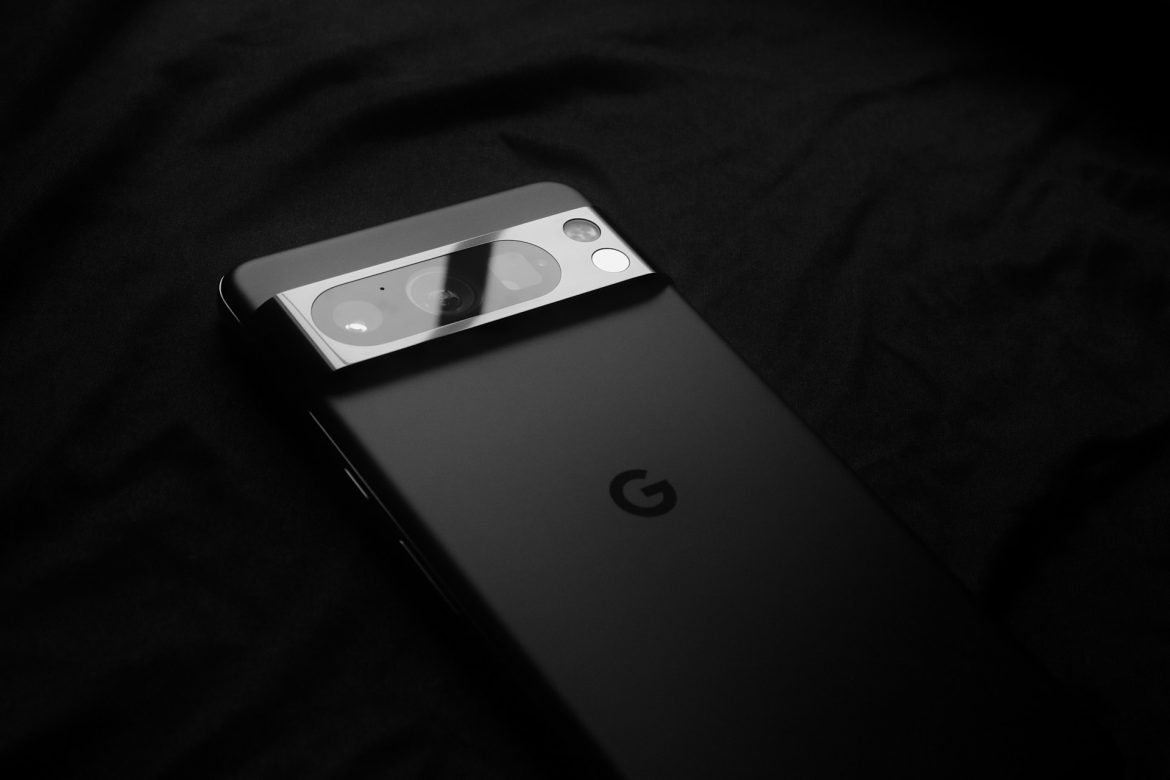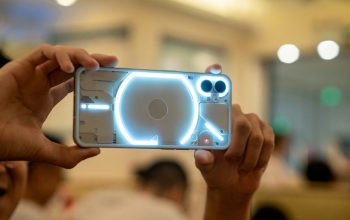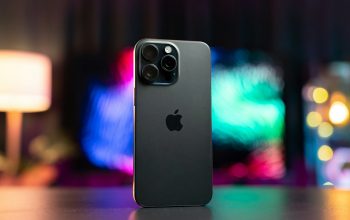While Google has already introduced the Pixel 9, the Pixel 8 remains a relevant option in the market — and it hasn’t seen a price cut. Still priced at $699, the Pixel 8 is now positioned as the “budget-friendly” entry in Google’s lineup, but only in comparison to its newer and more expensive successors.
Samsung takes a similar approach with its older devices. The Galaxy S23, although replaced by the Galaxy S24, is still on shelves for $759.99. That’s just $40 less than the newer model, raising a fair question: is the S23 still worth considering?
The answer lies in timing. When promotions and major sales events like Black Friday roll around, it’s typically last year’s flagships that receive the steepest discounts. If you’re planning to trade in a phone or snag a limited-time deal, both the Pixel 8 and Galaxy S23 may offer solid value. But how do they stack up against each ?
Compact Designs With Big Capabilities
In an era where smartphones continue to grow in size, the Pixel 8 and Galaxy S23 both stand out for their relatively compact builds. They are among the few premium options available for users who prefer a smaller device without sacrificing performance or features.
Despite their size, both phones are packed with high-end components and quality displays. The Galaxy S23 features a slightly more polished and premium feel, continuing Samsung’s trend of sleek design and attention to detail.
Camera Systems: Simplicity vs. Versatility
Google’s Pixel 8 sticks with a dual-camera setup — a main sensor and an ultrawide lens. However, it compensates with upgraded image processing, thanks to its improved computational photography powered by the Tensor G3 chip. This means sharper details, better low-light performance, and smart software enhancements that elevate everyday shots.
The Galaxy S23, on the other hand, includes a third telephoto lens, offering 3x optical zoom — something the Pixel lacks entirely. This makes the S23 more versatile for photography enthusiasts, especially those who enjoy shooting distant subjects without losing quality.
Performance: Raw Power or Smart Efficiency?
Under the hood, the Pixel 8 is powered by Google’s Tensor G3 processor, which focuses on AI-driven experiences rather than sheer performance numbers. It’s not as powerful as the Snapdragon 8 Gen 2 that runs the Galaxy S23, especially in tasks like gaming or intensive multitasking.
However, the Pixel 8 compensates with exclusive AI features tightly integrated with Google services, including real-time transcription, improved voice commands, and enhanced photo editing tools. If you value AI-driven features more than benchmark scores, the Pixel 8 might feel more innovative.
Software Experience: Clean Android or Feature-Rich Customization?
The Pixel 8 runs a clean, stock version of Android, delivering a smooth, minimalistic experience with faster updates straight from Google. It also serves as the platform’s reference device, meaning you’ll see the latest Android features here first.
Samsung’s Galaxy S23 uses One UI on top of Android, offering a more feature-rich experience with added customization and multitasking tools. While some users prefer the simplicity of Pixel’s interface, others appreciate the depth and control Samsung provides.
Smart Assistants: Bard vs. Bixby
Google’s Bard AI, integrated into the Pixel 8, represents a major leap in digital assistant technology. It can help with tasks ranging from answering questions to summarizing articles or generating emails. In contrast, Samsung’s Bixby has lagged behind in adoption and usefulness, often overshadowed even on its own devices.
Final Thoughts
The Pixel 8 and Galaxy S23 both bring unique strengths to the table. If you’re looking for a phone with impressive photography, clean Android, and cutting-edge AI tools, the Pixel 8 is a compelling option — especially if you catch it on sale. On the other hand, the Galaxy S23 offers superior hardware performance, a more versatile camera system, and Samsung’s signature design.
At full retail prices, the value proposition may be questionable. But during sales or trade-in events, these two compact flagships become highly attractive — and choosing between them comes down to your priorities: pure Android simplicity and smart AI, or hardware power and camera versatility.



